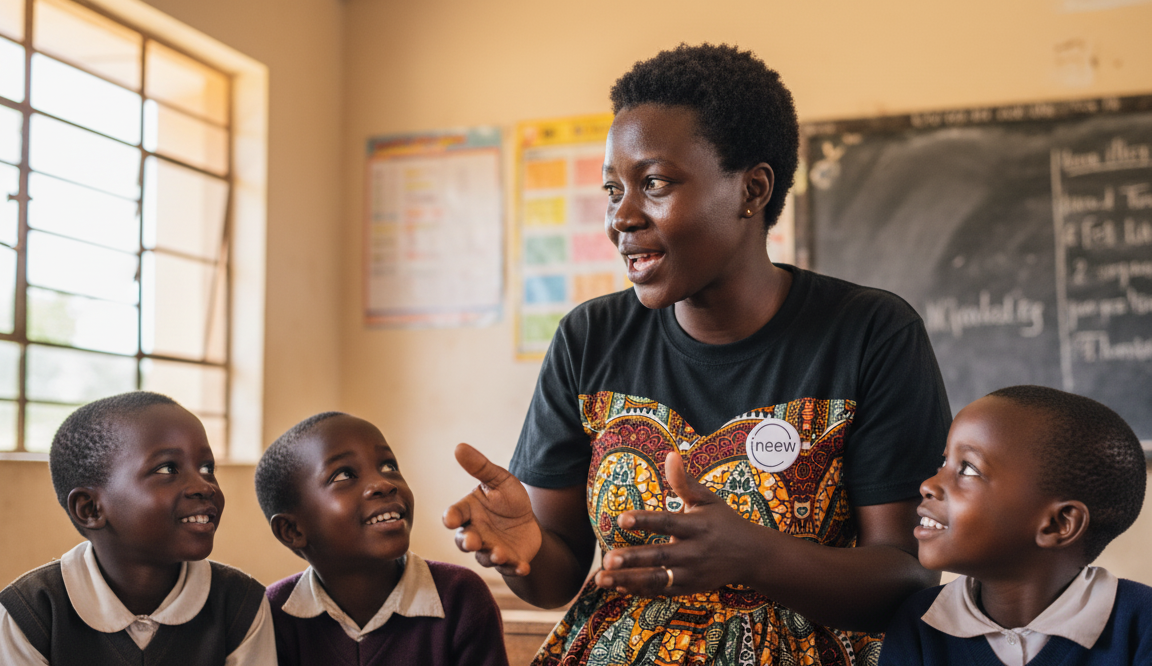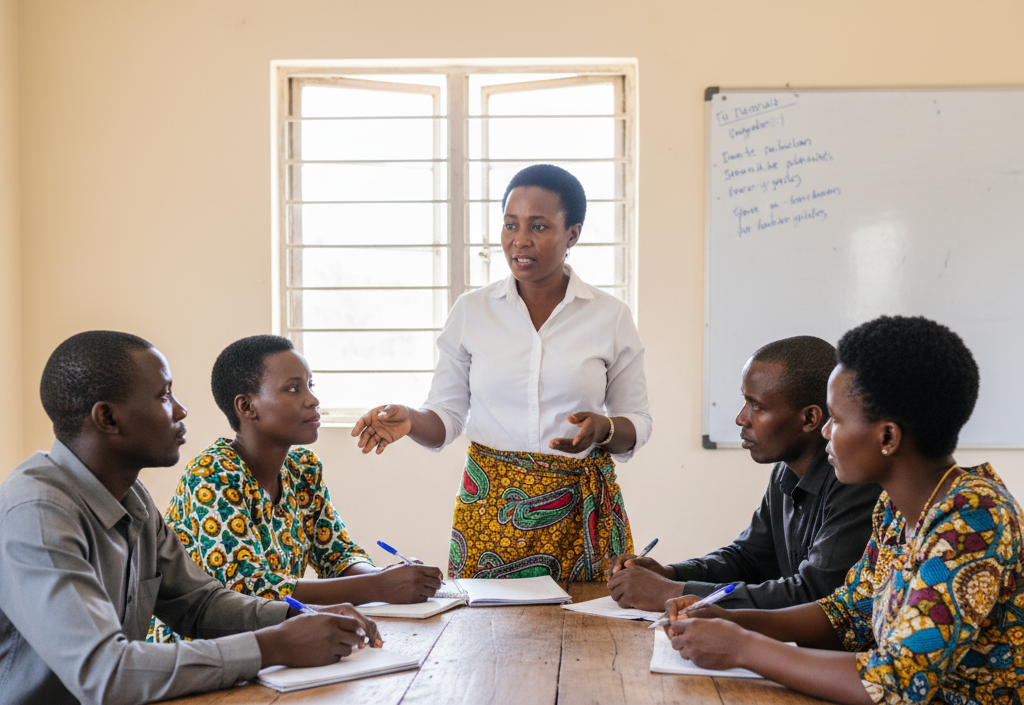Emotional Education for Change in Kenya: A Story of Hope and Transformation
There was something magical in the words of the children from a small community in Kenya: their eyes longed to be heard, their hands wanted to share. And it was there, among smiles and everyday challenges, that INEEW decided to plant a seed of change — the Emotional Education for Change project.
Beginning the journey
INEEW arrived with a clear yet humble idea: to bring emotional education to a place where emotions often have no space to be expressed, understood, or managed. In a Kenyan community, the need was recognized to open those inner spaces we all carry within us, but which are rarely addressed consciously.
From the very beginning, the power of stories was embraced — stories that transport, that make the invisible visible, that bring the distant closer. These stories opened doors, created bonds, and allowed teachers, children, and families to feel like active participants in something meaningful.

Challenges that teach
Not everything was easy. In Kenya, as in many other places, there are real barriers: limited resources, a lack of prior training in emotional skills, resistance to changing more traditional educational models, and harsh socioeconomic conditions that deeply affect the emotional sphere.
But every challenge also became an opportunity:
Cultural adaptation: adjusting content and methodologies to resonate with local realities, values, and ways of life.
Training local mediators: not bringing external solutions, but empowering those within the community so that change remains sustainable.
Active listening: creating spaces where children not only receive but also express, share, narrate, and feel like protagonists of their own process.

Moments of inspiration
Some moments remained unforgettable:
-
When a child realized that feeling scared wasn’t something bad, but something that could be shared and addressed.
-
When a teacher shared that she had changed the way she listened, asked questions, and supported — not just taught.
-
When it became clear how bonds among classmates strengthened, how empathy grew without the need for big speeches — simply through presence.
Lasting lessons and footprints
This experience has generated valuable insights that now guide other emotional education projects:
Listen before teaching: get to know the community, its stories, and its real emotional needs.
Build from the local: don’t impose — co-create, adapt to the context.
Sustainability: train local leaders, teachers, and mediators so that the project continues long after the initial visit.
The power of small things: a simple act of emotional recognition — a sincere question, a space to express feelings — can have a profound impact.
Looking to the future with INEEW
The Emotional Education for Change project in Kenya is living proof that emotional education knows no borders — that it can be a true instrument for social change, healing, and community building.
At INEEW, we are committed to continuing this path — replicating what we’ve learned, improving what’s needed, and expanding these projects to new places, always with humility, with listening, and with heart.
If you want to learn more about this project, see images, read testimonials, or get involved in similar INEEW initiatives, click the following link: https://www.ineew.com/en/ee-for-change-kenya
Or, if you prefer, write to us at [email protected] for more information.
EE for Change